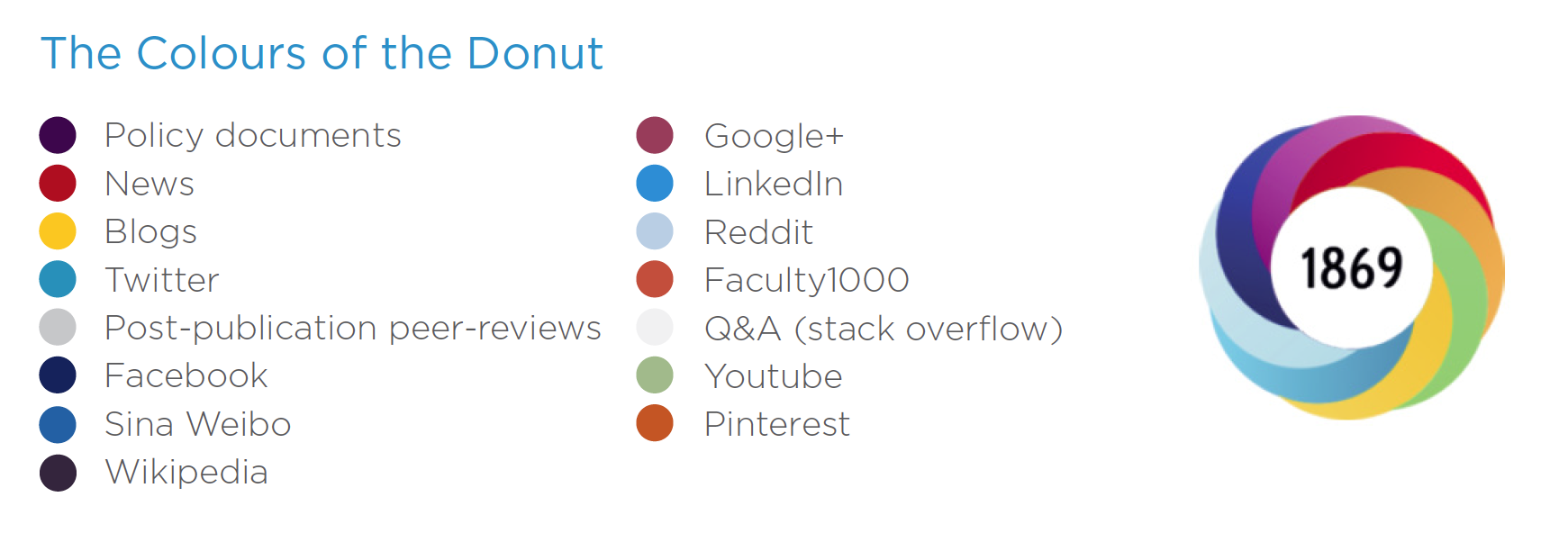What to know when launching a journal: An interview with Dr. Cato T. Laurencin
Ever been curious to know what it takes to launch a new journal?
We interviewed Dr. Cato T. Laurencin, Editor-in-Chief of both Regenerative Engineering and Translational Medicine and Journal of Racial and Ethnic Health Disparities, to learn more about what motivated him in launching his two Springer journals and what the process involved.



